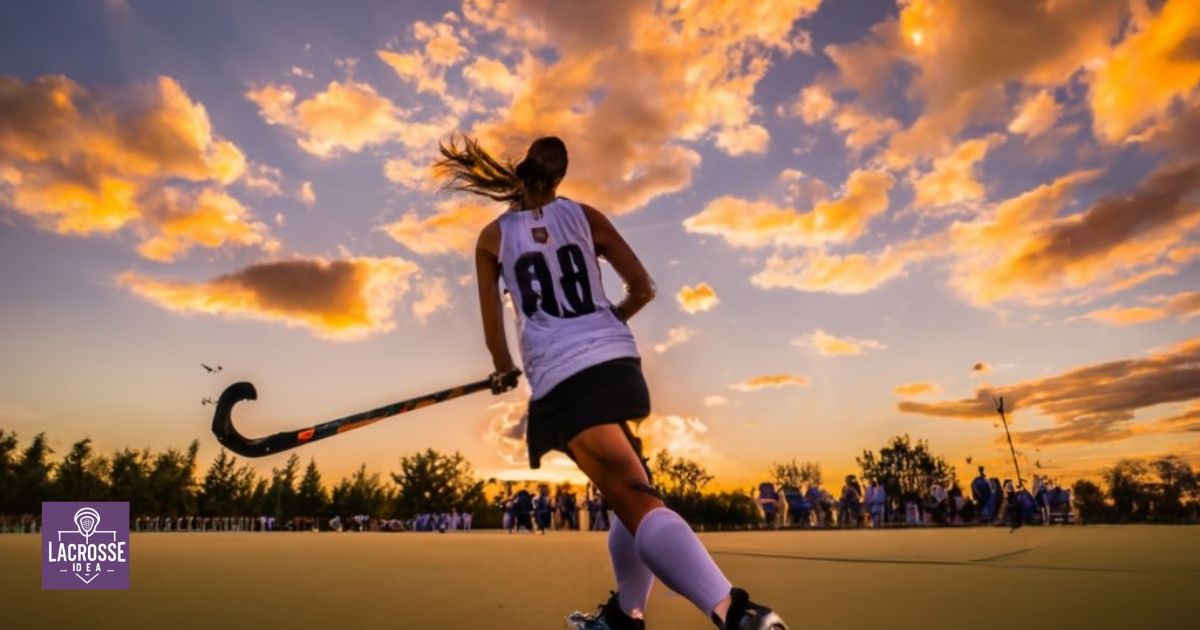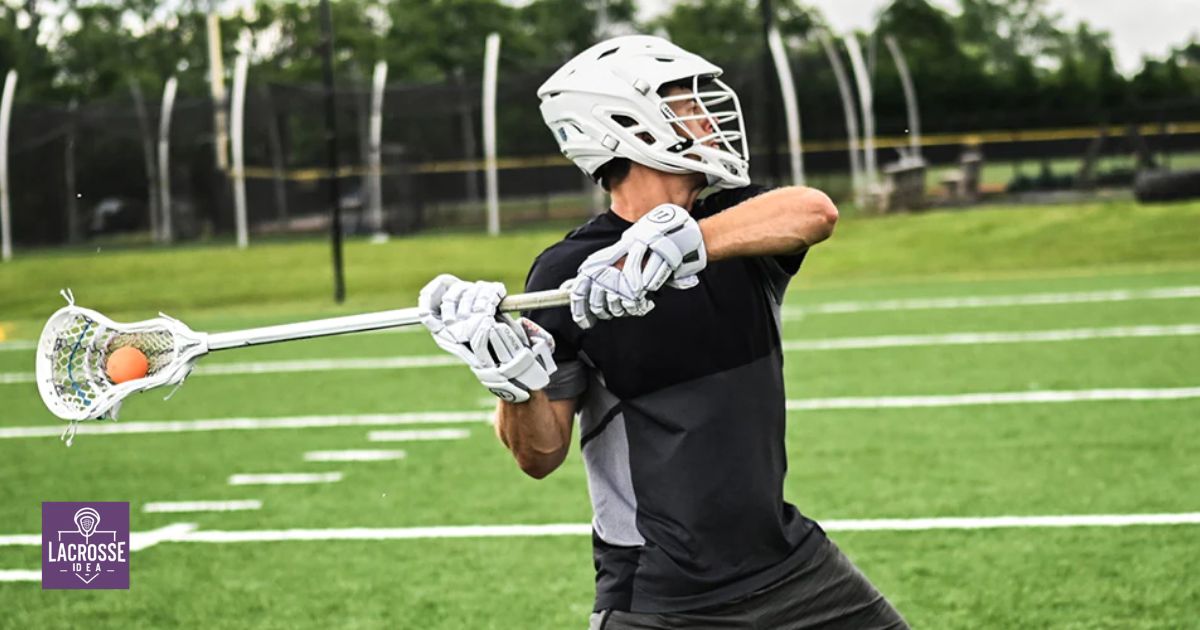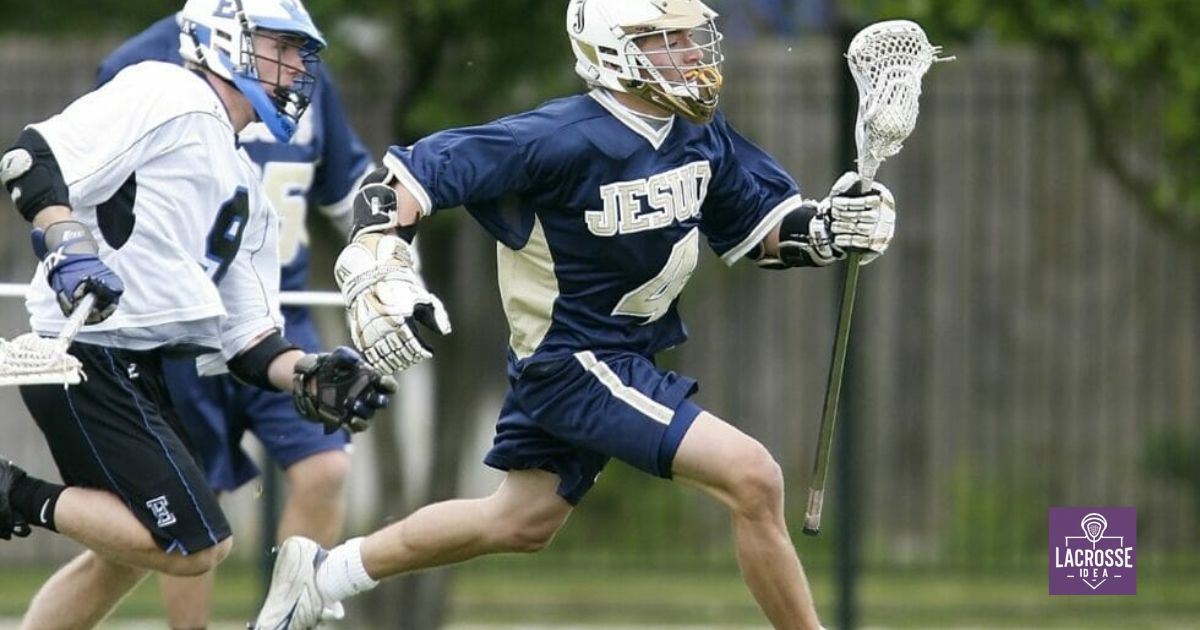Field hockey and lacrosse are two popular sports that require physical prowess, technical skills, and strategic thinking. Both sports have their own unique challenges, making it difficult to determine which one is harder. This article aims to compare the difficulty levels of field hockey and lacrosse based on various factors such as physical demands, technical skills, gameplay strategies, equipment requirements, level of contact, teamwork, communication, rule differences, and historical significance.
By examining these aspects, we can gain a better understanding of the overall difficulty of each sport. Whether you are an aspiring athlete or simply curious about the intricacies of these sports, this article will provide valuable insights into the challenges faced by field hockey and lacrosse players.
Key Takeaways
- Both field hockey and lacrosse require a high level of athleticism and endurance.
- Field hockey players need excellent hand-eye coordination and stick skills, while lacrosse players require quick reflexes and agility.
- Field hockey prohibits physical contact with opponents, while lacrosse allows for physicality.
- Scoring opportunities and gameplay strategies differ between the two sports, with field hockey emphasizing possession and ball control, and lacrosse focusing on fast-paced transitions and offensive/defensive sets.
Physical Demands
The physical demands of both field hockey and lacrosse require a high level of athleticism and endurance. Both sports involve running, sprinting, and quick changes of direction, requiring players to be in peak physical condition. Field hockey players must possess excellent hand-eye coordination and stick skills, as well as the ability to maintain a low center of gravity for balance and stability.
Lacrosse players, on the other hand, must possess quick reflexes and agility to navigate the field, as well as strong upper body strength for throwing and catching. Additionally, both sports require players to have the endurance to play for extended periods of time without a break. Overall, both field hockey and lacrosse demand a high level of physical fitness and skill, making them equally challenging in terms of physical demands.
Technical Skills
One key aspect of comparing the difficulty between field hockey and lacrosse is the number of technical skills required. Both sports demand a high level of proficiency in various skills that players must master in order to excel. Here are three sub-lists outlining the technical skills needed for each sport:
Field Hockey:
- Stick handling: Players must have precise control over the ball while dribbling, passing, and shooting.
- Positioning: Understanding the strategic placement on the field is crucial for effective gameplay.
- Tackling: Proper technique is required to successfully intercept the ball from opponents.
Lacrosse:
- Cradling: Players must be able to maintain possession of the ball while running and dodging opponents.
- Passing and catching: Accurate and quick passes and catches are essential for effective teamwork.
- Shooting: Players need to have accurate and powerful shots to score goals.
Mastering these technical skills in both sports is vital for success on the field. Transitioning into the subsequent section about gameplay strategies, understanding the technical skills is the foundation for implementing effective strategies in both field hockey and lacrosse.
Gameplay Strategies
Implementing effective gameplay strategies is crucial for success in both field hockey and lacrosse. Both sports require players to think strategically, communicate with teammates, and make split-second decisions on the field. While the specific strategies may differ between the two sports, the overall goal remains the same – to outmaneuver the opposing team and score goals.
To give you a better understanding of the gameplay strategies involved in field hockey and lacrosse, let’s take a look at a comparison table:
| Field Hockey | Lacrosse |
|---|---|
| Utilize passing and trapping skills | Employ quick passing and stickwork |
| Focus on possession and ball control | Emphasize fast-paced transitions |
| Create space and opportunities for shots | Utilize offensive and defensive sets |
| Employ tactical formations | Utilize offensive and defensive sets |
| Adapt strategies based on opponent | Adapt strategies based on opponent |
As you can see, both sports require players to adapt their strategies based on the opponent and utilize various tactics to gain an advantage. Now, let’s move on to the next section and discuss the equipment requirements for field hockey and lacrosse.
Equipment Requirements
Field hockey and lacrosse have specific equipment requirements that players must adhere to in order to participate in the sport. These requirements ensure the safety of the players and promote fair play. Here are the equipment requirements for both sports:
-
Field Hockey:
- Stick: Players must have a field hockey stick, which consists of a handle and a flat, curved blade at the end.
- Mouthguard: It is mandatory for players to wear a mouthguard to protect their teeth and jaw.
- Shin Guards: These protect the shins from impacts and are worn underneath socks.
-
Lacrosse:
- Stick: Lacrosse players use a stick with a netted pocket at the end to catch and throw the ball.
- Helmet: A helmet is essential to protect the head from potential injuries.
- Shoulder Pads: These provide protection to the upper body, including the shoulders and chest.
Level Of Contact
The level of contact differs between field hockey and lacrosse, impacting the overall gameplay and physicality of each sport. In field hockey, players are not allowed to make physical contact with their opponents. Instead, the focus is on skillful stickwork and strategic positioning. While collisions can occur accidentally, deliberate physical contact is strictly prohibited. This emphasis on non-contact play in field hockey creates a game that requires finesse, agility, and quick thinking.
On the other hand, lacrosse allows for more physicality, with players being allowed to check opponents using their sticks and body. This added contact adds a level of intensity and aggression to the game, requiring players to be physically strong and resilient. Ultimately, the level of contact significantly influences the style of play and the demands placed on athletes in both field hockey and lacrosse.
Training And Conditioning
Training and conditioning for both field hockey and lacrosse are crucial for athletes to excel in their respective sports. Here are three key aspects of training and conditioning in these sports:
- Endurance: Both field hockey and lacrosse require athletes to have excellent endurance due to the continuous movement and high-intensity nature of the games. Endurance training involves cardiovascular exercises, such as running and interval training, to build stamina and improve overall fitness.
- Strength: Strength training is essential in both sports to enhance power, speed, and agility. Athletes focus on exercises that target the muscles used in their specific sport, such as leg exercises for field hockey and upper body exercises for lacrosse.
- Flexibility: Flexibility is crucial for preventing injuries and improving performance. Athletes in both sports engage in regular stretching routines to improve flexibility and range of motion.
Player Positions And Roles
Each sport has a variety of player positions and roles that contribute to the overall dynamics of the game. In field hockey, the player positions are divided into forwards, midfielders, defenders, and goalkeepers. Forwards are responsible for scoring goals and creating attacking opportunities. Midfielders play a dual role, linking the defense and the attack, while also providing support on both ends of the field.
Defenders focus on preventing the opposing team from scoring and maintaining control of the ball. Goalkeepers have the crucial task of stopping the opposition from scoring by using their agility and reflexes. On the other hand, in lacrosse, player positions include attackmen, midfielders, defensemen, and goalkeepers.
Attackmen focus on scoring goals, midfielders transition the ball between offense and defense, defensemen aim to prevent the opposing team from scoring, and goalkeepers guard the net. The roles and responsibilities in both sports require different skill sets and tactics, making each position significant in its own right.
Scoring Opportunities
When comparing the two sports, field hockey and lacrosse, the scoring opportunities differ based on the unique rules and strategies of each game. Here are three key factors that contribute to the scoring opportunities in both sports:
-
Field hockey:
- Penalty corners: Field hockey allows for penalty corners, where the attacking team has a direct shot at the goal from a set piece, increasing the chances of scoring.
- Dribbling skills: Field hockey players can use their stick skills to navigate through defenders and create scoring opportunities by taking shots on goal.
- Deflection and redirection: Field hockey players can strategically redirect the ball towards the goal, increasing the chances of scoring through teamwork and positioning.
-
Lacrosse:
- Fast breaks: Lacrosse provides quick transitions from defense to offense, creating scoring opportunities when players move swiftly and efficiently.
- Dodging and shooting: Lacrosse players can use their agility and stick skills to dodge defenders and take accurate shots on goal, increasing their chances of scoring.
- Assists and teamwork: Lacrosse encourages teamwork and communication, allowing players to create scoring opportunities through well-executed passes and coordinated plays.
Understanding the different scoring opportunities in field hockey and lacrosse highlights the importance of teamwork and communication in both sports.
Teamwork And Communication
In the realm of field hockey and lacrosse, effective teamwork and clear communication among players are crucial for success. Both sports require players to work together in a cohesive manner, relying on each other’s skills and abilities to achieve their common goals. Teamwork involves understanding and supporting one another, making quick decisions, and coordinating actions on the field. Clear communication is essential for players to convey their intentions, coordinate strategies, and execute plays effectively.
It allows teammates to anticipate each other’s moves, adjust their positions accordingly, and maintain a strong defensive or offensive stance. Without effective teamwork and communication, both field hockey and lacrosse teams would struggle to synchronize their efforts and capitalize on scoring opportunities. Therefore, fostering a sense of belonging and encouraging open communication channels is paramount to achieving success in these sports.
Rule Differences
Furthermore, understanding the rule differences between field hockey and lacrosse is essential for players to excel in both sports. To shed light on these disparities, let’s explore the following key distinctions:
- Equipment: Field hockey players use a stick with a flat end, while lacrosse players use a netted stick. The goalkeepers’ equipment also varies, with field hockey goalies wearing full protective gear, while lacrosse goalies sport helmets and pads.
- Playing Surface: Field hockey is played on a turf or grass field, while lacrosse can be played on various surfaces, including grass, turf, or even indoor courts.
- Contact Allowed: In field hockey, body contact is limited, while in lacrosse, players can engage in physical contact with opponents.
Understanding these rule differences allows players to adapt their skills and strategies accordingly, ensuring they can effectively navigate the unique challenges that each sport presents.
Historical Significance
The historical significance of field hockey and lacrosse can be traced back to their respective origins and cultural influences. Field hockey, believed to have originated in ancient Egypt, has a rich history that spans centuries. It was initially played by both men and women, and its popularity spread across Europe during the Middle Ages.
Lacrosse, on the other hand, has deep roots in Native American culture, where it held spiritual and ceremonial significance. It was used as a means of settling disputes and training warriors. As European settlers encountered the sport, they were captivated by its intensity and skill, leading to its adoption and evolution. Both field hockey and lacrosse have played significant roles in shaping the cultural identities of the communities that embrace them, making them more than just sports but symbols of tradition, strength, and unity.
Overall Difficulty Evaluation
When considering the overall difficulty evaluation of field hockey and lacrosse, it becomes clear that both sports require a high level of skill, athleticism, and strategic thinking. Here are three key factors that contribute to the difficulty of these sports:
- Physical demands: Both field hockey and lacrosse require players to possess exceptional speed, agility, and endurance. The constant movement, quick changes in direction, and physical contact make these sports physically demanding.
- Technical skills: Both sports require players to master various technical skills such as stick handling, passing, shooting, and defending. These skills require precision, coordination, and quick decision-making.
- Tactical complexity: Field hockey and lacrosse are highly strategic sports that require players to think critically and make split-second decisions. Understanding team formations, anticipating opponents’ moves, and executing effective strategies are crucial to success.
FAQ’s
Is field hockey one of the hardest sports?
One of the sports with the highest physical demands on the body is hockey. Compared to the majority of other team sports, players travel farther in less time.
Is lacrosse a challenging sport?
For a very long time, lacrosse has been called the fastest two-leg game. This fast-paced, high-contact, physically taxing sport is unquestionably. It is one of the fastest-growing in North America.
What sport is most similar to lacrosse?
Lacrosse can benefit from basketball strategies such as sharing the ball, running a “motion” offense, and setting screens on opponents. The construction of offensive plays to counter the defensive sets is comparable. There are further similarities in cutting, moving on and off the ball, passing, and spacing.
Is lacrosse a demanding sport?
The games are equally fluid and require players with a high level of endurance. Actually, handling a lacrosse stick is thought to require more skill than kicking a soccer ball. It’s likely that a gifted soccer player you see next time also plays lacrosse.
Conclusion
Based on the physical demands, technical skills, gameplay strategies, equipment requirements, level of contact, teamwork and communication, rule differences, and historical significance, it is difficult to definitively determine whether field hockey or lacrosse is harder. Both sports have their own unique challenges and require different sets of skills. However, it can be said that both sports offer an exhilarating experience, akin to a thrilling roller coaster ride that keeps players and spectators on the edge of their seats.









